Memory – as much as it’s a blessing we also blame our memory when we forget something important. But what would it have been like to store information at a time when man barely knew how to write? Even after man learned to write, storing information was a unique practice that evolved with mankind. Be it a clay tablet or a microchip, the core of it was information, or rather, memory. Today, etching ola leaf manuscripts is a dying tradition of a bygone era and academics fear that we have come to the final stage of this spread of knowledge. But what lies ahead of us, with everything shifting to electronic platforms? How would future generations choose between fake and correct knowledge? Will knowledge as we know it cease to exist?
Birth of memory
According to Deshamanya Vidya Jothi Ashley De Vos, trained as an architect, landscape architect, conservation and heritage management and urban renewal, memorizing happened when the first clay tablets were used by the Sumerians. “Thereafter, inscriptions were also placed on stone, papyrus, animal skins, parchment, ola, palmyrah, bamboo, cloth and silk which were collected into a grouping called manuscripts,” he said in his opening remarks at the 130th lecture organized by The National Trust of Sri Lanka. “Ancient Egyptians used papyrus. It was a cheap writing material and was used by the Greeks and used extensively in the Roman Empire. Then the Chinese invented books and a limited number of books started to appear. Thereafter stone inscriptions appeared after writing became more refined. The Mihintale inscription and ‘Galpota’ located in the sacred quadrangle in Polonnaruwa are examples from Sri Lanka.”
Pictured: Deshamanya Vidya Jothi Ashley De Vos
Evolution of libraries
Buddhist Takshila
The earliest known university library is possibly the Buddhist Takshila (Taksha-shila in Sanskrit or Taxila) University established around 600 B. C. The Buddhist Takshila was located at the Northwest corner of the subcontinent, between Afghanistan and Pakistan and at a pivotal junction in the Indian subcontinent and Central Asia. The origin of Takshila as a city goes back to 1000 years BC and some ruins date back to Achaemenian Empire in the 6th Century BC as well. In Buddhist jatakas, Takshila is referred to as the capital of Gandhara Kingdom and was the Centre of learning with world-famous teachers.
Image: Ruins of Buddhist Takshila
However, there were no lecture halls or residential quarters at Takshila, a total contrast to the Nalanda University that was built later on. Takshila was located at a unique location in the Royal Highway that connected the Mauryan Empire at Pataliputra in Bihar, ancient Peshawar and towards Central Asia via Kashmir. Takshila also had a great influence on Hindu culture and Sanskrit language. Perhaps best known for its association with Kautilya the strategist who guided Chandraguptha Maurya and assisted in the founding of the Mauryan empire. The artashastras are said to have been composed at Takshila. However, from 500-540 CE the city fell under the control of the Huns in South Asia and languished completely.
The Great Library of Alexandria
After Takshila University followed Alexandria Library in Egypt. Alexandra was the main Mediterranean Sea port of Alexandria founded by Alexander the Great around 323 BC after the conquest of Egypt. He was totally taken up by the ancient library at Nineveh and decided to have his own private library, in fact, a bigger library and vested the task on his Macedonian general Ptolemy. Greek scholar Demetrius convinced Ptolemy to establish a library with a copy of every book in the world. Together they built the Temple of Muses where the word Museum comes from and the Library in 183 BC. It was a place of study, modelled under Lyceum of Aristotle in Athens which included a library, lecture theatres, laboratories, shrines, gardens and possibly a zoo. Over 7000 books and papyrus scrolls filled its shelves.
Image: Map of Alexandria Library
In 48 BCE the library’s decline began. But nobody really knows if it were the Romans, Christians or Moslems that burned the library. Some also believe that the great library may be intact, somewhere beneath the modern Egyptian city.
Nalanda – The world’s first Buddhist university
Nalanda was an ancient Centre of learning in the ancient kingdom of Magadha and the second oldest university after Takshila. It spanned across 14 hectares and was the principle Centre of learning from 100 BC since its destruction in 1193 AD. Origins of the scholastic institution in Nalanda dates back to the 5th century. Excavated ruins of the institute indicated that bright red bricks were used in its construction.
Image: Ruins of Nalanda University
According to traditional Tibetan sources, the highlights of Nalanda’s colossal and well-equipped library was situated in a special area known by the poetical name Dharma-Gunj (Mountain of Truth). From art to religion, this library contained more than 9 million books in a multistoried building known as Ratnasagara (Sea of Jewels), Ratna-Ranjaka and Ratna Dadhi. The building was nine stories high.
The growth and popularity of the university continued until the 9th Century after which it declined gradually and started to disintegrate. Today nothing more than the remains of the Nalanda Maha Vihara remains at the site.
Manuscript writing in Sri Lanka
However, the process of storing information had had its own challenges. Hundreds of libraries have been burned during conquests and war or due to natural disasters. But that didn’t hinder the tradition of storing knowledge. Most manuscripts were written on vellum (calf-skin) because it lasted longer than paper. Tibet has the largest collection of manuscripts in Asia. In Sri Lanka, there weren’t illustrated manuscripts but most of them were on the cover. The interiors contained writings in continuous form. Every monastery in Sri Lanka was a university where specialist monks taught sutras to the pupils. A lot of the teachings were by verbal repetition, and the vinaya says that those who are learning one aspect of the Vinaya should study that with people studying the same aspect. The mass production of manuscripts took place at Alu Vihara, Matale.
Image: Ola leaf Pali manuscript with an attractive cover
There were a lot of Christian manuscripts brought out on palmyrah leaves in Jaffna peninsula by the Portuguese and the Dutch as well. Ola leaves were used for writing manuscripts, letters and sending messages. The books were kept in pothpetti or storage boxes especially made for temple manuscripts, and as they were regarded as sacred and precious they were also kept in special shrines. These manuscripts were worshipped. At Jetawana Monastery there’s a circular shrine which houses the Pragna Paramitha Sutra. Collection of manuscripts in temples were handed down from chief priest to chief priest and they were regarded as paramparika bhanda, ancestral property that had to be passed down from one priest to the other. They were never lent or taken out of the temple. Today many are being sold in the antique trade and what is unfortunate is that they are being broken into pieces.
Manuscript covers come in ivory, embossed silverplate or silver with gold. During colonial invasions of the Kandyan kingdom, priests carried ultimate illustrated manuscripts, a portable shrine together with a painted Pethikada completed the temporary temple that was set up under a tree in another village. So they would hang it on a tree and the priests would preach.
De Vos also stressed on the importance of protecting and preserving temple paintings as they are the ultimate of the last libraries in Sri Lanka. “They are history books themselves and if we lose them, we’re losing a huge heritage of historical value,” he added.
Image: Part of the Voynich Manuscript
Storing of information has evolved and now there are copyright laws but many books are out of print and inaccessible to everybody. But what does the future look like? We have been through all recording devices, tapes, floppies, pen drives and CDs. Without tangible documents will we live on a planet without a memory or will we have to depend on the new generation who will commit all to a mind bank? Only time will tell.
Did You Know?
• Sumerian language is the oldest known written language
• The oldest university library still in existence today is the Al-Qarawiyyin University Library in Fez, Morocco, founded circa A.D 859.
• The Vatican Virgil is a rare survival of the dawn of the literary codex. It is a Late Antique illuminated manuscript containing fragments of Virgil’s Aeneid and Georgics.
• The Voynich manuscript is known to be a mysterious manuscript named after a Polish American book dealer who acquired it in 1912. Nobody knows what is written and is in a language that nobody knows. It’s written on vellum and has been carbon-dated to early 15th century.

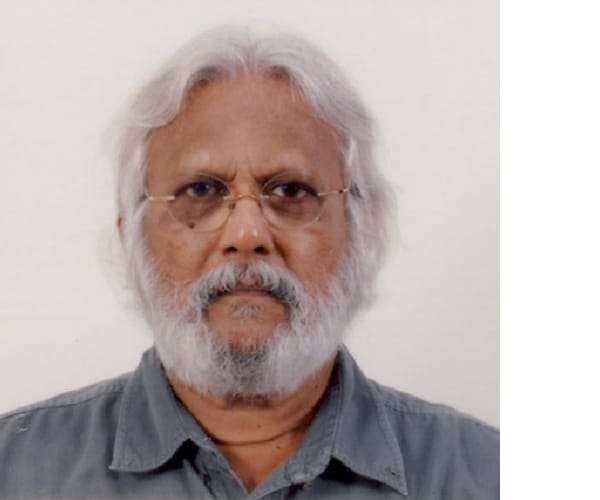
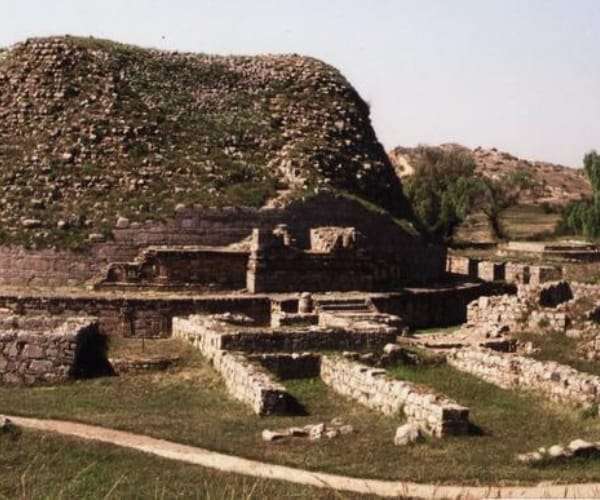
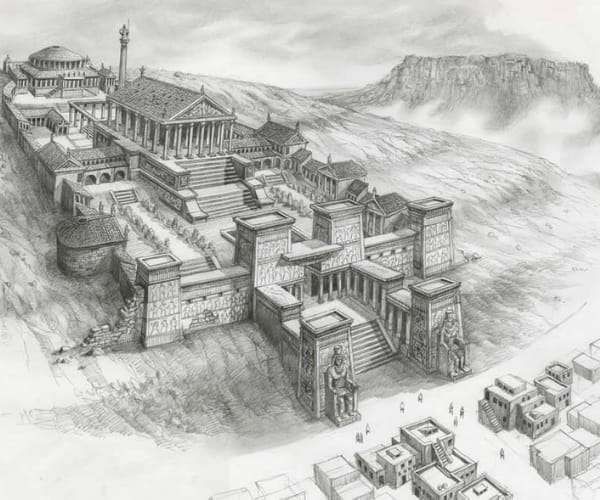
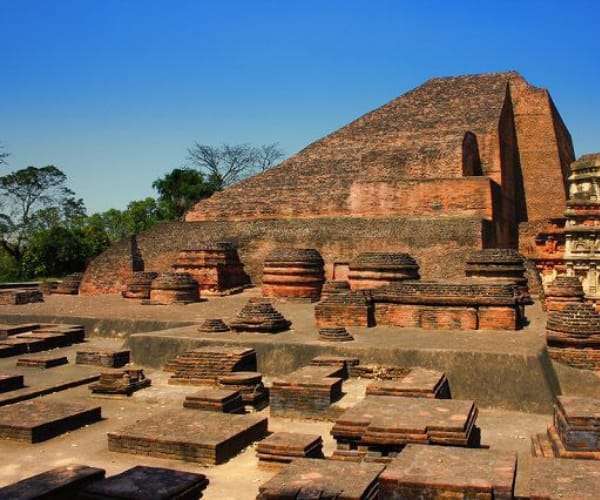
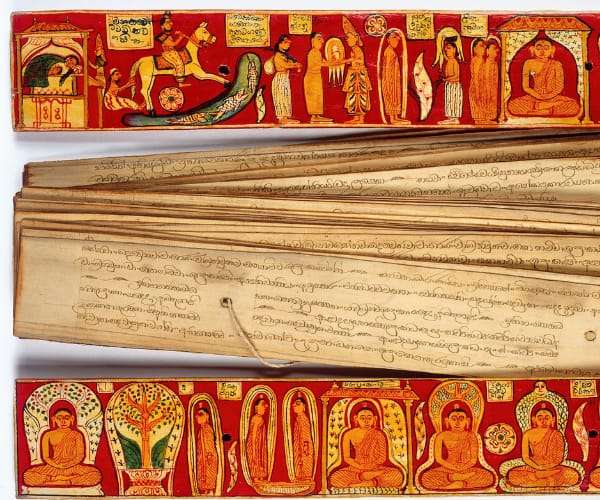
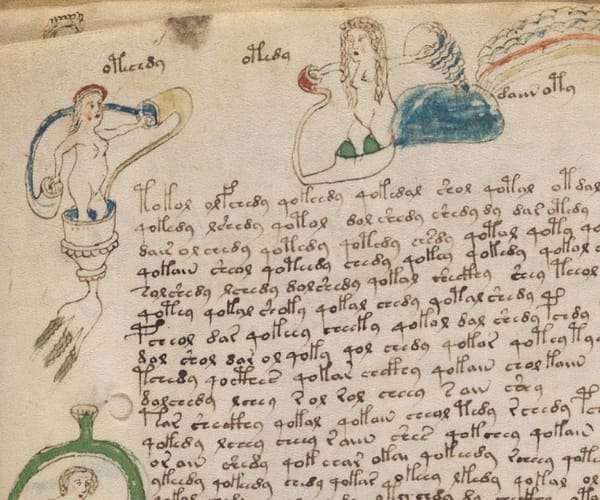
0 Comments